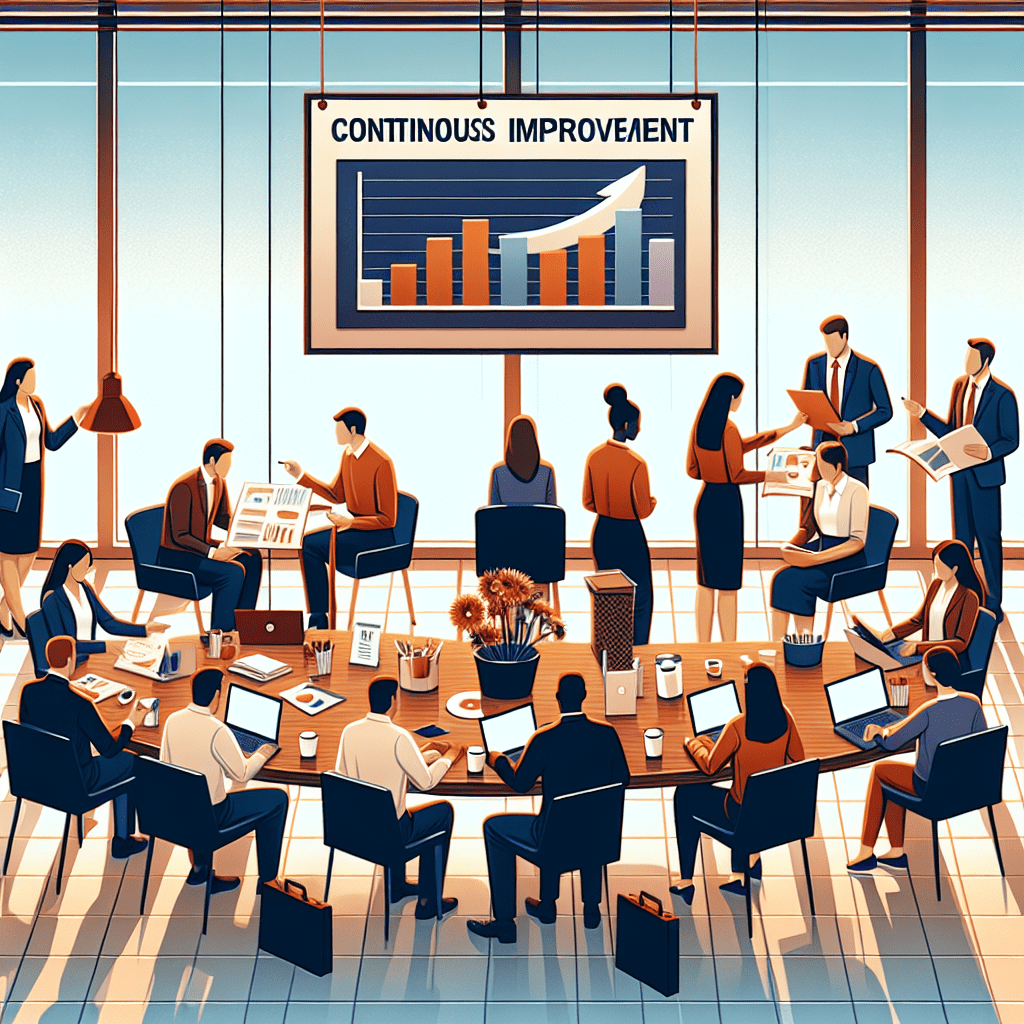
The CEO’s Crucial Role in Lean Transformation

Change Begins at the Top: Why CEOs Matter in Lean Transformation
Let’s cut to the chase. If you think that having a Lean team or a Head of Continuous Improvement will magically solve your organisational issues, think again. Real change isn’t just about having the right people in place; it’s about genuine commitment from the top. That means the CEO must be the driving force behind any transformation. Without that crucial backing, you’re looking at yet another initiative that will fizzle out faster than a can of soda left open for a week.
The CEO’s Role in Building a Lean Culture
Let’s face it: Lean culture requires a fundamental shift in mindset, not just another checklist of tasks. This shift needs to seep through every level of the organisation. And who better to champion that change than the CEO? If you’re leading the charge, your influence and decisions set the tone for everyone else.
When the CEO is committed to Lean principles, the entire organisation can resonate with that energy. Suddenly, employees aren’t just waiting for someone else to take action; they feel empowered to take ownership of improvement efforts rather than treating it as ‘someone else’s responsibility.’ That’s where the magic happens.
Think about your organisation for a moment. Is your top brass making it clear that Lean isn’t just a buzzword? Or is it something that feels like a chore, merely delegated to the team? When a CEO leads with clarity, consistency, and courage, Lean principles start to thrive. And let’s be honest—who wouldn’t want to work in a place where everyone is aligned and motivated to do better?
How to Lead Lean from the Top
So, how can you ensure that you’re leading your team effectively? Here are a few steps that you, as a CEO, can take to truly embrace and promote Lean transformation:
- Set Clear Goals: Define what success looks like for your organisation. Make these goals transparent and ensure everyone understands their role in achieving them.
- Embrace Continuous Learning: Lean is not a one-off effort. Create an environment that encourages learning from failures and celebrates innovations.
- Communicate Relentlessly: Regularly share updates about progress and challenges. Open dialogue fosters trust and keeps everyone engaged.
- Lead by Example: Become a champion of Lean practices. When employees see you putting in the effort, it inspires them to do the same.
The Importance of Accountability
Now, you might be wondering, what if the Lean team is simply echoing the CEO’s vision? Absolutely, they play a critical role in guiding and training. However, the ultimate accountability for outcomes rests on the shoulders of the CEO. They are the ones who need to ensure that Lean principles have not just been introduced, but are actively being embraced throughout the company.
Getting the message across may take a while, but consistency is key. When you lead with unwavering commitment, it sets a clear signal to everyone that this is not just another passing fad. Your team is waiting for that signal—are you ready to give it to them?
When I first delved into the world of Lean, I was overwhelmed by its complexity. But then I realised it all boiled down to one principle: respect for the individuals who make up the organisation. Every voice matters. When I made the effort to genuinely listen, everything shifted. Employees felt valued, and that set a powerful chain reaction in motion.
Ready to Inspire Change?
As you ponder over your approach, I encourage you to ask yourself: what steps are you taking today to lead this change in your organisation? Lean isn’t a destination; it’s a journey of continuous improvement that begins at the very top. So, let’s start the conversation—what are you doing to create a culture where everyone thrives?




